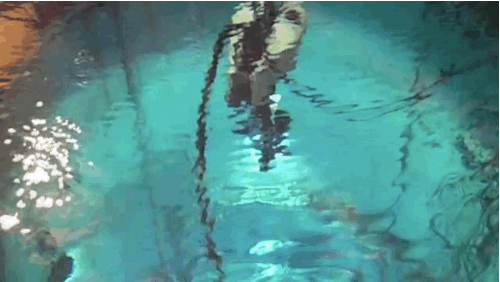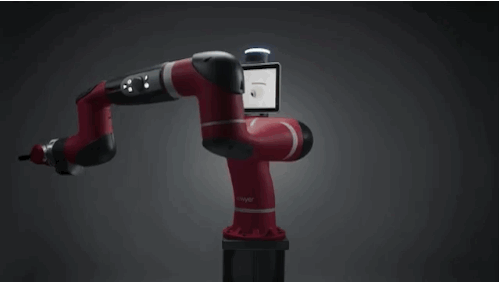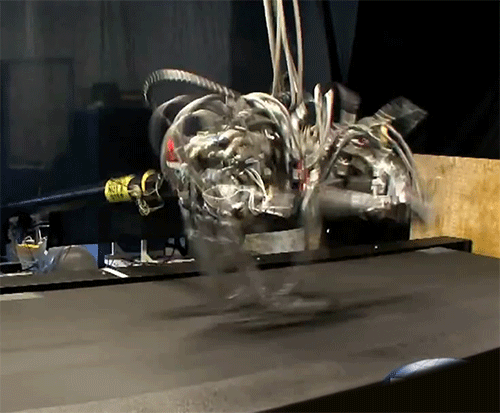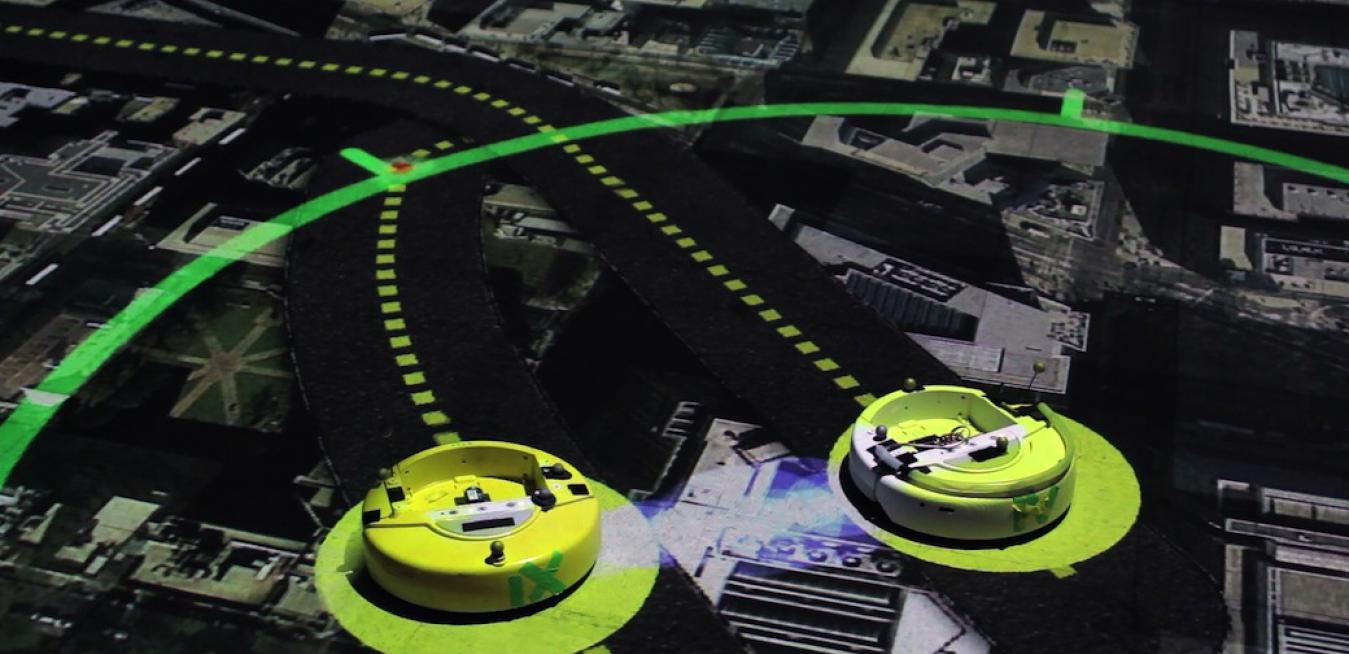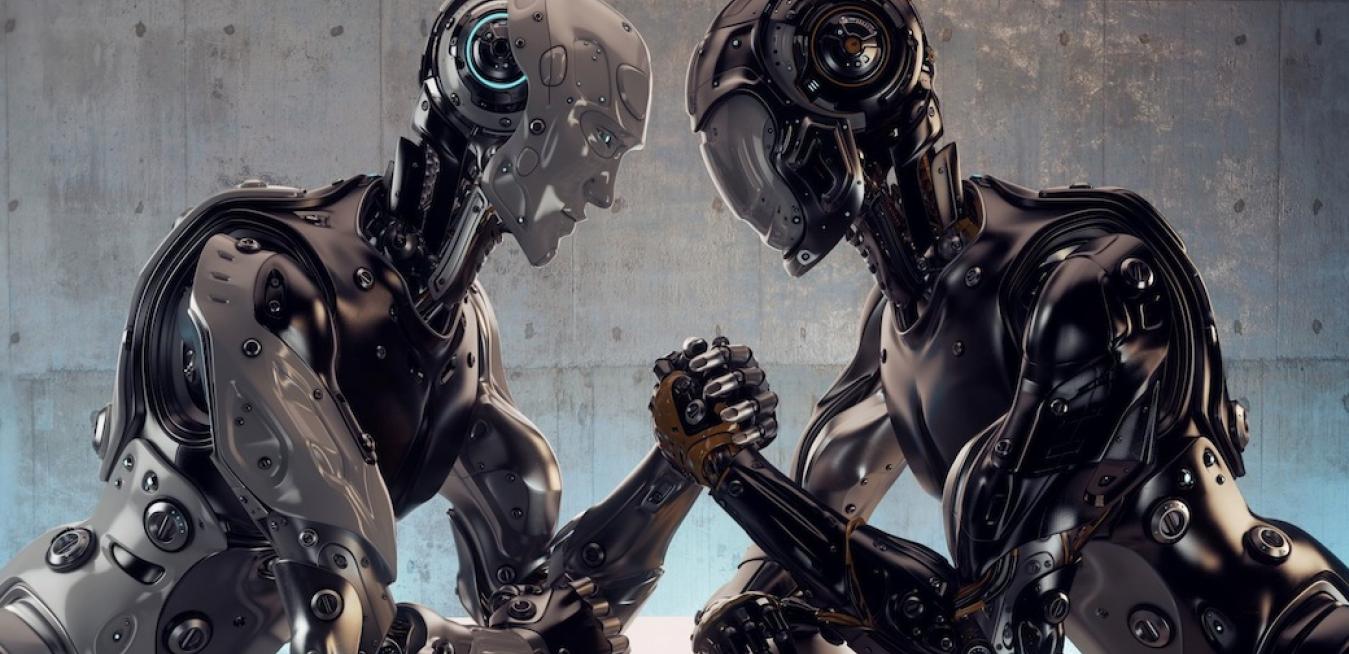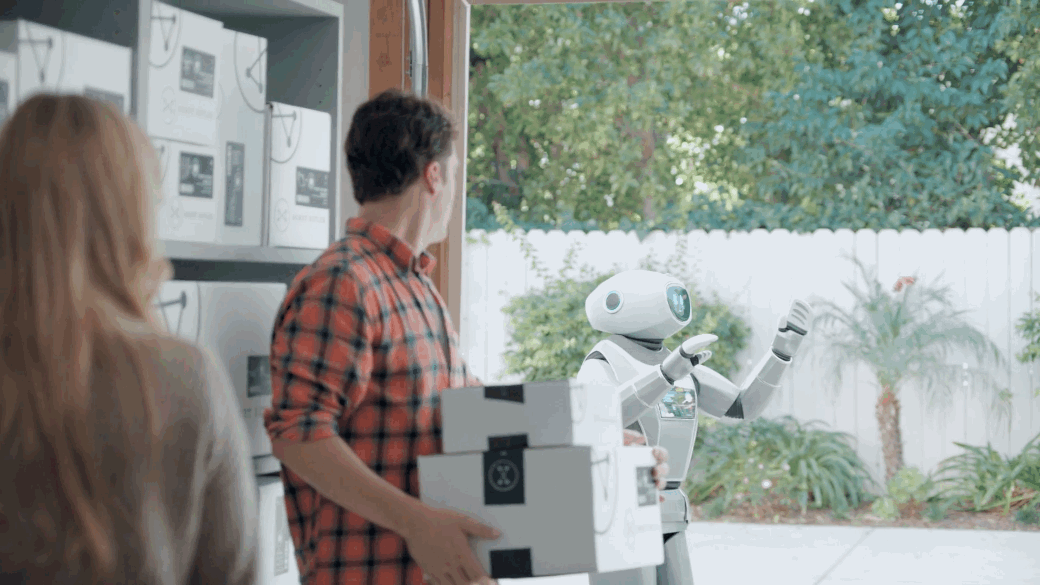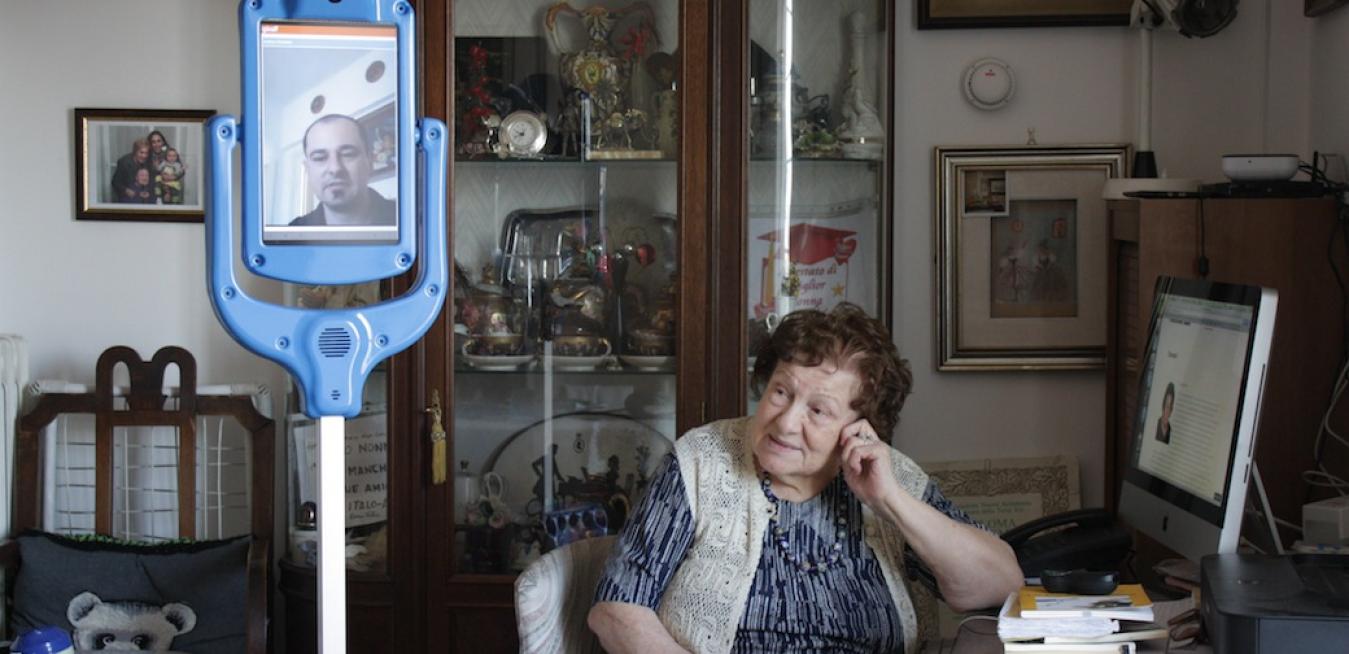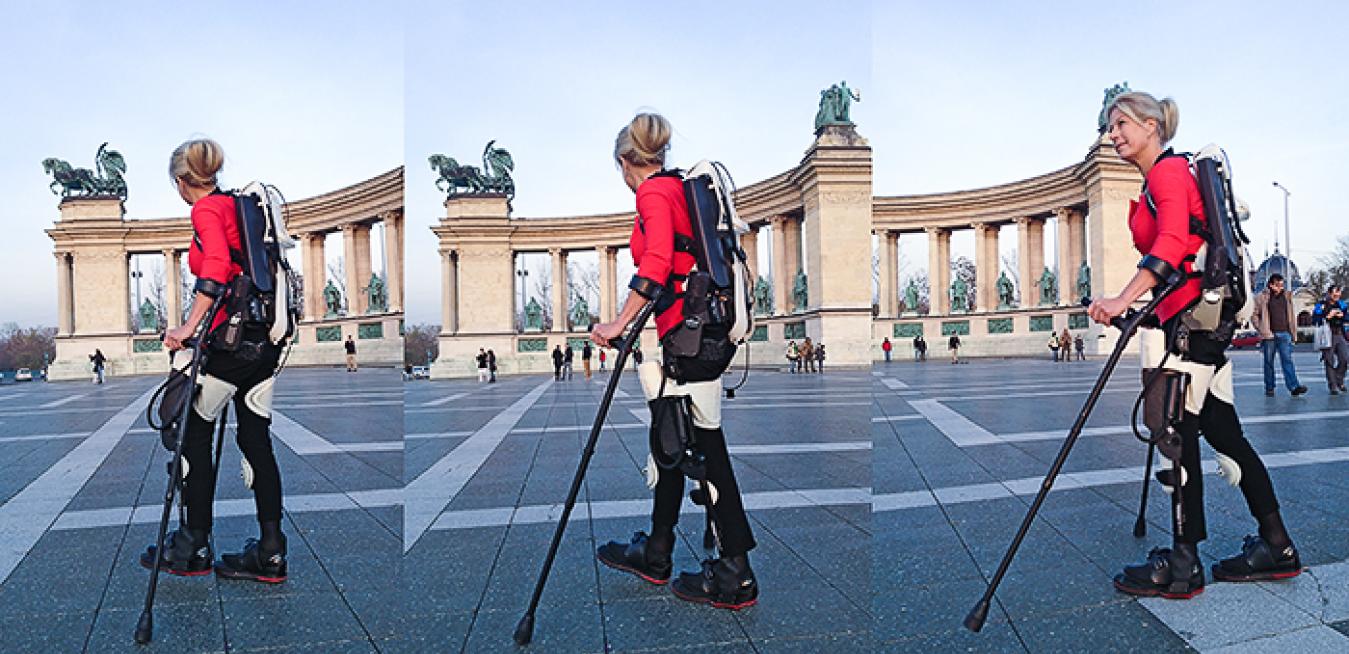Nothing says summertime in Georgia like a dip in the old swimming hole. But near the town of Baxley, there’s one pool that’s not open to the public: the crystal-clear blue waters of the containment vessel bathing the Edwin Irby Hatch Power Plant’s nuclear reactor.
Two things lurk deep at the heart of the digital love story. It’s not “me” and “you.” It’s “0” and “1.”
The analytics that are helping people find a better match are just one place where science informs contemporary life. Big Data may be unromantic, but it’s powerful and efficient. It’s helping wannabe lovers as well as scientists to find new meanings and hidden patterns in piles of data and build better robots, decode the brain, and, yes, avoid a bad first date.
A new spin on virtual reality helps engineers read robots’ minds.
In a darkened, hangar-like space inside MIT’s Building 41, a small, Roomba-like robot is trying to make up its mind.Standing in its path is an obstacle — a human pedestrian who’s pacing back and forth. To get to the other side of the room, the robot has to first determine where the pedestrian is, then choose the optimal route to avoid a close encounter.
Now there are robots, too.
Actually, this is not new either. Robots have been used in manufacturing for the last two decades, lumbering back and forth between assembly points, dropping off raw materials, or delivering assembly parts and final products.
